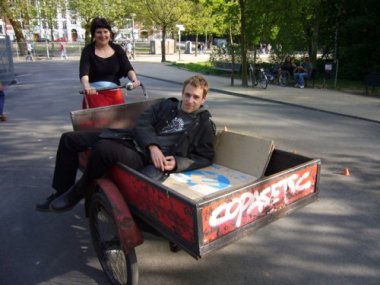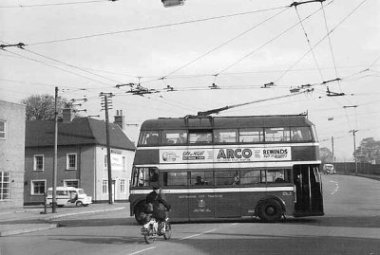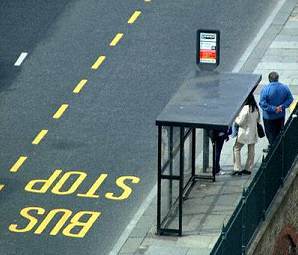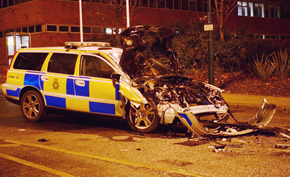Freight bicycles or Freight tricycles or cargo bikes are human powered vehicles designed and constructed specifically for transporting large loads. Vehicle designs usually include a cargo handling area consisting of an enclosed box (cabinet), a flat platform, or a wire bracket basket. These may be mounted between parallel wheels at either the front or rear of the vehicle. The frame and drivetrain must be constructed to handle loads several times that of an ordinary bicycle. Other specific design considerations include operator visibility and load suspension.
Historically, freight bicycles were heavy-duty standard bicycles, typically with heavy carriers at front or rear. During the early part of the 20th Century these were commonly used by tradespeople for local deliveries (in the UK this style is still sometimes known as a butcher’s bike, although the Post Office have by far the largest fleet). Modern freight cycles vary much more widely, often being tailored to particular applications.
Links: Additional Uses for Freight Cycles | Wikipedia | Wikimedia Commons






